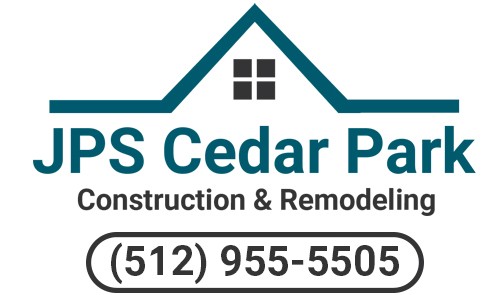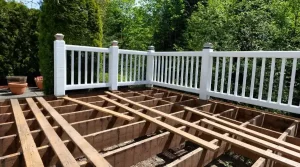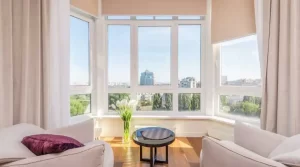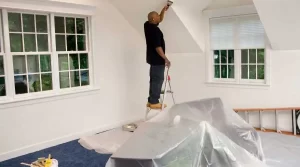If you plan to build a bespoke house in the future, you might have to decide whether to use solid beams or box beams (also known as wrapped beams) in some feature spaces. The following considerations should be made before making this decision.
Aesthetic
By employing solid beams, you may select between a sleek, more transitional design and a rustic, tarnished look. One of the key advantages of using solid beams in regions where very long beams are needed is the lack of any seams. A trim carpenter or timber/beam producer must assemble boards that are often only available in lengths between 14′ and 16′ in order to create box beams. Even while a skilled carpenter and painter can successfully hide the seam by matching the grain and coloring it, the seam is often still visible if you look closely. Nonetheless, the mitered edge seams should be completely hidden if you’re working with a talented, high-quality builder or carpenter.
In general, transitional and streamlined designs benefit from the use of box beams. They are the beam of choice if you’d want the finished beam to be painted rather than stained because you don’t have to match the graining and can choose a more affordable wood species. Using box beams rather of solid beams for an old, hand-hewn appearance typically results in little cost savings. While constructing or designing a bespoke home from scratch, those who want beams that look old frequently choose solid.
Application
Solid beams are generally not a viable option in renovations or restorations since the existing structure was not designed to support the additional weight of solid timbers. Box beams can be used in most restoration projects because they are just decorative and never structural. Solid beams, on the other hand, might only be decorative or useful. Douglas Fir is the species of solid wood that is most well-known for its tensile strength. If box beams are used to encase structural components like a steel I-beam or Glulam, they can be custom-milled to match solid beams. This is also useful if a particular beam has to hide electrical or plumbing chases.
In humid climates (like Houston, Texas), box beams should only be used inside, but solid beams can be used both inside and outside. The ends and margins of box beams may expand, cup, or separate due to changes in temperature and moisture in Houston’s humid climate.
Price
Painted box beams are the most affordable solution for interior ornamental beams. If you’d rather have stained wood, you can still save money by using box beams constructed by a skilled trim carpenter. However, make sure to ask your custom builder whether they have a lot of expertise in mitering corners and successfully concealing seams. Solid hardwood beams are among the most expensive options, but if you’re going for a worn-in, rustic appearance, they’re your best pick.
The best course of action when selecting solid beams or box beams for your custom house is to consult with your architect, interior designer, and custom builder. Your bespoke builder will be able to tell you about the price and availability of solid timbers, wrapped beam planking, and their trim carpenters’ capacity to give a box beam application a solid beam “look.” Your chosen custom builder should, as is typically the case, be a trustworthy resource, advisor, and advocate for you and your family throughout this process.







